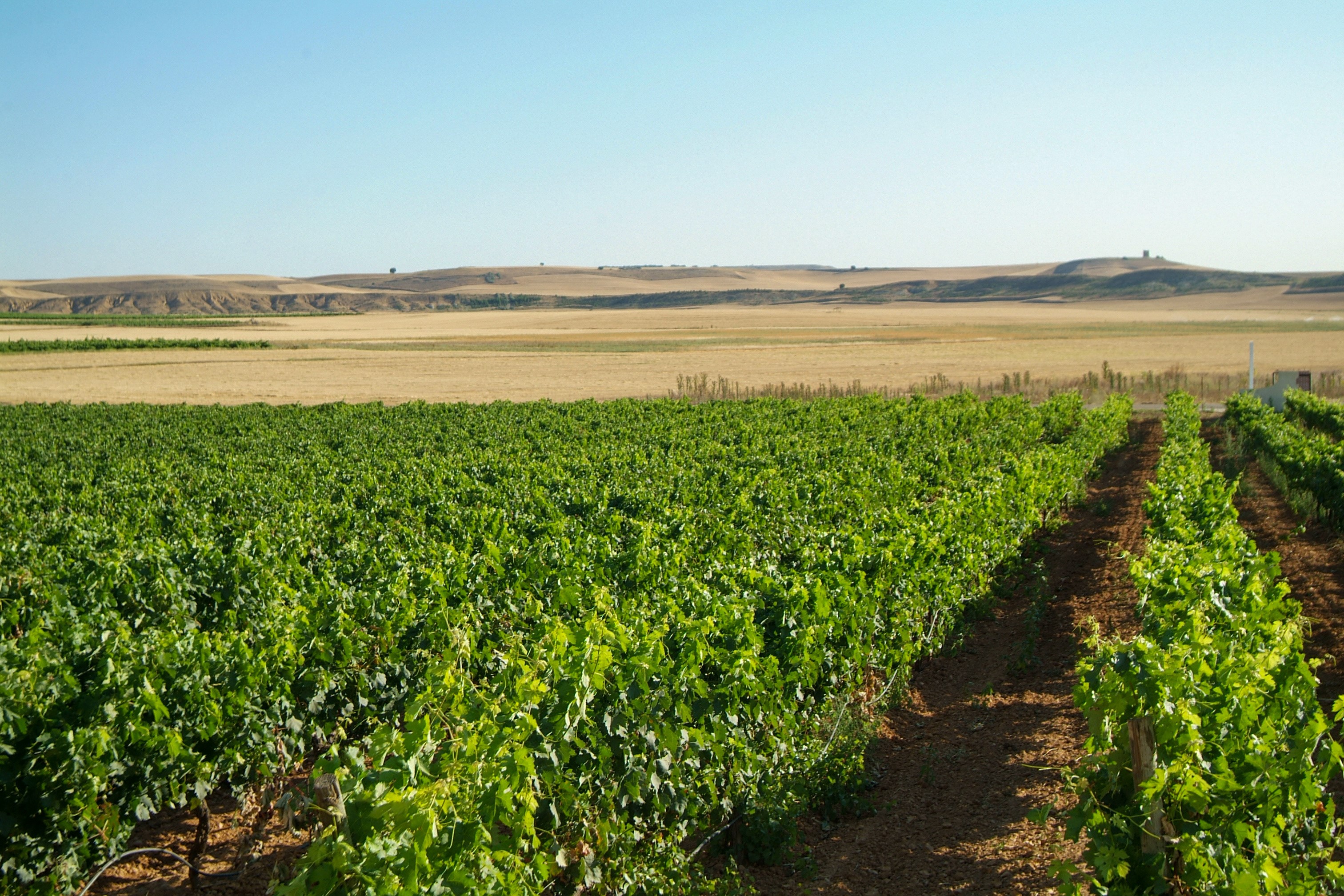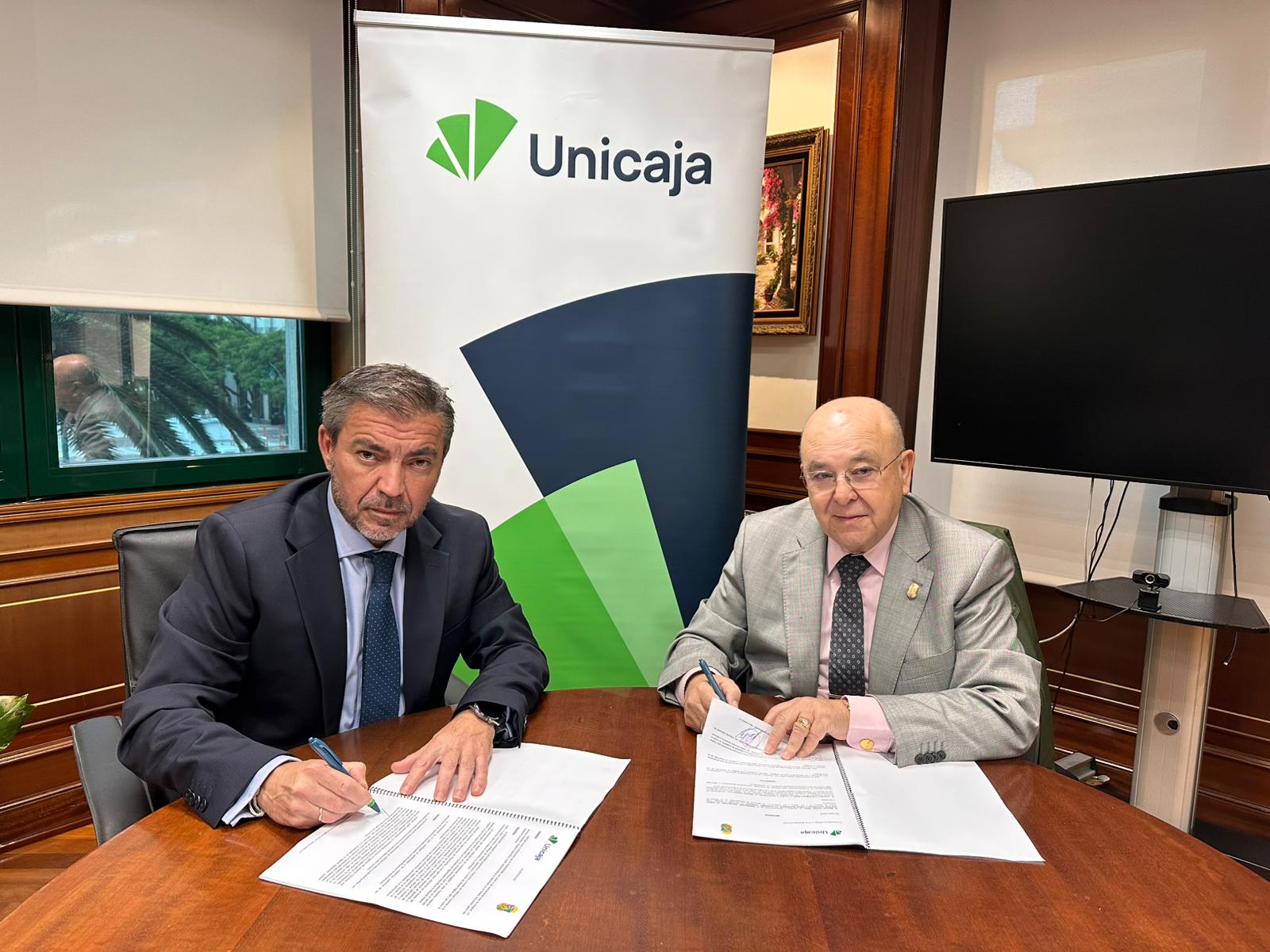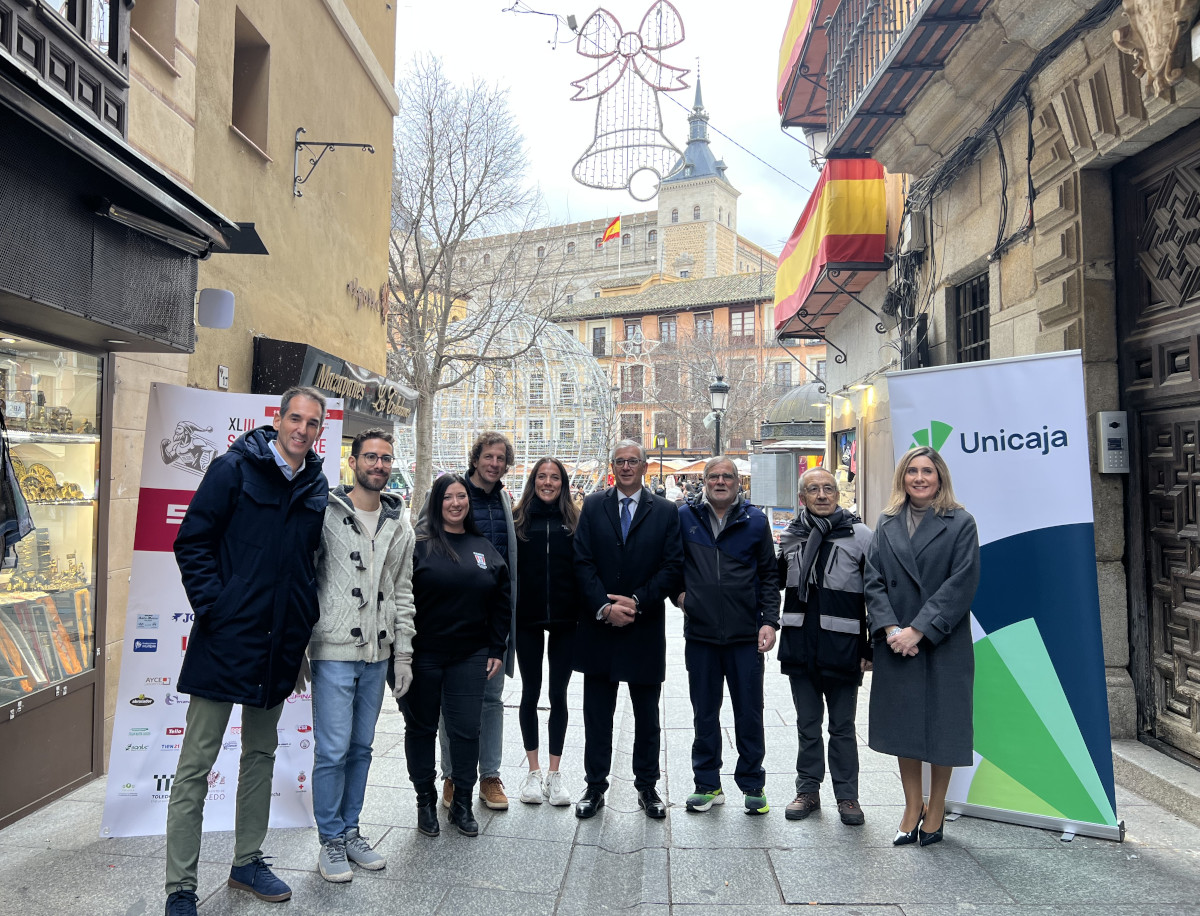Unicaja Banco has published the issue number 29 of the report ‘Previsiones Económicas de Castilla y León’ (Economic Forecasts for Castilla y León), prepared, as in previous editions, by Analistas Económicos de Andalucía. From this issue onwards, the report will be published every six months. As indicated in the document, according to the Regional Accounts published by the Dirección General de Prespuestos y Estadística of the Junta de Castilla y León, in 2021 Castilla y León’s Gross Domestic Product (GDP) grew by 5.5% (5.1% in Spain). According to the data published by the Labor Force Survey, employment grew by 1.2%, with the unemployment rate standing at 10.3% in the last quarter of 2021.
In 2022, the estimations made by the research group of Grupo Unicaja Banco suggest that the regional GDP could grow by 3.7%. With regard to employment, an increase of 0.7% is expected, with the unemployment rate standing at 10.9% in the year average.
This report is divided into four sections: 1) Economic environment; 2) Recent evolution of Castilla y León economy; 3) Economic outlook for Castilla y León 2022 and 4) Provincial analysis. The first section describes the international and national backdrop and its recent evolution. The second section analyses the situation of the Castilla y León economy, with special focus on the evolution of the main indicators, according to the region’s productive structure. The third section includes forecasts on the evolution of the GDP and employment in the region for 2022. Finally, the last section focuses on the analysis of the evolution and economic outlook of Castilla y León provinces.
Global and national economic environment
The international context has changed dramatically with the Russian invasion of Ukraine on 24 February. At the end of last year, the economy was expected to regain momentum as supply conditions continued to normalize and inflationary pressures moderated. However, the invasion will have a significant impact on the economy, which will depend largely on the evolution of the conflict and the impact of economic sanctions.
In a first assessment of this possible impact, the OECD estimates that global economic growth in 2022 will be around 1 percentage point (p.p.) lower as a result of the conflict, with a greater drop in the Euro Zone, while inflation, which was already high at the beginning of the year, could be at least 2.5 p.p. higher. The International Monetary Fund forecasts a global economic growth of 3.6% in 2022 and 2023, i.e. 0.8 and 0.2 p.p. lower, respectively, than in last January forecasts.
The impact of the war will be uneven across countries, and the Spanish economy could be less exposed than others, as it is less dependent on Russian gas and oil. However, the sharp increase in the prices of raw materials and the reduced availability of some of them will affect the different sectors of activity, in addition to the impact of inflation on demand and the effect on exports and tourism of the lower dynamism of our neighboring countries.
The latest data from the Quarterly National Accounts, corresponding to the fourth quarter of 2021, indicate that the Spanish GDP grew by 2.2% (0.3% in the Euro zone), with a year-on-year increase of 5.5% (4.7% in the Eurozone). In the whole 2021, the Spanish economy would have registered a growth of 5.1% (5.3% in the Euro Zone). As for the first quarter of 2022, the Quarterly National Accounts advance estimate indicates that the GDP has registered a quarter-on-quarter increase of 0.3% (0.2% in the Euro Zone), with a decrease in household consumption expenditure. On a year-on-year basis, the GDP increased by 6.4%, with a generalized growth among demand components.
Recent evolution of Castilla y León economy
According to the latest data from the Quarterly Regional Accounts, published by the Dirección General de Prespuestos y Estadística of Junta de Castilla y León, in the fourth quarter of 2021, the GDP has grown by 2.4% quarter-on-quarter (1.4% in the previous quarter). Compared to the same period of 2021, output grew by 3.9% (5.5% in Spain), therefore production in the region would be very close to pre-pandemic levels (-0.3%; -3.8% in Spain). As for the first quarter of 2022, AIReF (Independent Authority for Tax Responsibility) estimates point to a quarterly increase in GDP of 0.1% (0.3% in Spain as a whole), with a year-on-year increase of 4.0% (6.4% in Spain).
Differentiating by components, from the viewpoint of demand, the contribution of domestic components to growth in the fourth quarter of 2021 was 2.1 p.p. Household consumption experienced growth in year-on-year terms of 2.1%, while investment remained stable compared with the previous year, although it rebounded at the end of the year. Meanwhile, foreign trade showed less momentum at the end of 2021, although in year-on-year terms there was an increase in both exports of goods and services and imports (2.3% and 0.1%, respectively).
From the supply side, the fourth quarter of 2021 saw a generalized increase in Gross Value Added (GVA), with more intense rises in agriculture and market services and manufacturing industry. In year-on-year terms, however, the growth in production was due to the increase in GVA in services and construction (7.1% and 2.5%, respectively).
In 2021 as a whole, Castilla y León's GDP would have grown by 5.5% (5.1% in Spain), with a decrease in GVA in the agricultural sector and a greater momentum in services (6.5%) and industry (6.1%). With respect to demand, all components grew last year, with the increase in exports (6.6%) standing out.
With regard to the labor market, employment continued to grow year-on-year in the final stretch of 2021, considering both the Quarterly Accounts figures and those of the Labor Force Survey or Social Security contribution, but the pre-pandemic levels had not been recovered at the end of the year, except in the case of contributions to the Social Security scheme, which amounted to 923,263 employees in December, nearly 7,800 more than in the same month of 2019 (2.7% in year-on-year terms, below the national average). This growth has intensified in the first months of 2022 (3.0% in April), although it should be remembered that at the beginning of 2021 the third wave of the pandemic was recorded.
According to the EPA, in the fourth quarter of 2021, employment in Castilla y León grew by 1.2% year-on-year (4.3% in Spain). Data for the first quarter of 2022 reflect a decrease in the number of employed persons, with growths only in industry. In year-on-year terms, the number of employed grew by 3.3% (4.6% in Spain), due mainly to the increase in services and agriculture. On the other hand, the number of unemployed persons decreased by 11.0%, with an increase of the labor force, which brought the unemployment rate to 11.1% (13.6% in Spain).
Economic Outlook for Castilla y León 2021-2022
The forecasts of Analistas Económicos de Andalucía indicate that in 2022, the GDP in Castilla y León could grow by 3.7%, around 1.5 p.p. less than the figure estimated three months ago. However, there is a high uncertainty, especially with regard to the evolution of the conflict in Ukraine, but also in relation to the trajectory of prices or bottlenecks in supply chains, not to mention the evolution of the pandemic, so that making projections at this time involves a high degree of complexity.
It is also estimated that, on average for 2022, the number of employed persons according to the Labor Force Survey could grow by 0.7%, due mainly to the increase in employment in services. The number of unemployed could fall by 3.9%, which would bring the unemployment rate to 10.9% on average for the year (some 3 p.p. below the national avergage).
Provincial analysis
In a breakdown of the analysis by provinces, according to the estimates of Analistas Económicos de Andalucía Activity Synthetic Indicator, production would have increased in all provinces in the fourth quarter of 2021, with the highest rates in Segovia (4.5% y-o-y), Zamora (4.4%), León (4.3%) and Salamanca (4.2%).
In 2021 as a whole, almost all provinces would have grown at rates above 5%, except Palencia (4.4%), with the most intense increases estimated for Zamora (5.8%), Segovia (5.6%), Salamanca (5.6%), León (5.5%) and Soria (5.5%).
The forecasts for 2022 as a whole suggest that the economic growth would range from 2.5% in Palencia to 4.1% in Segovia, followed by Salamanca (4.0%) and Zamora (4.0%).
Descarga aquí los gráficos asociados al informe y aquí el informe completo



